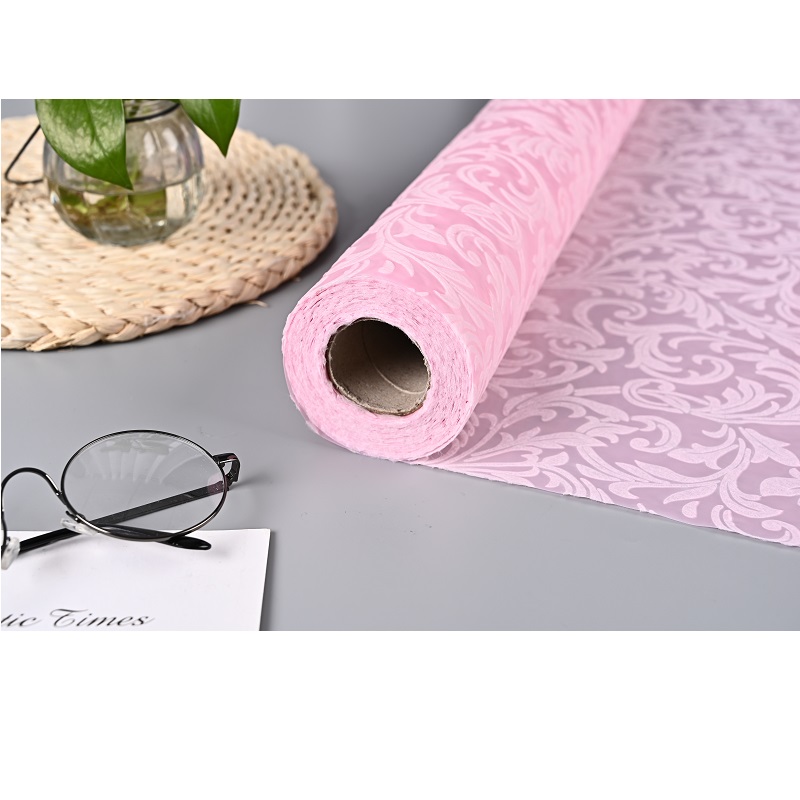Material Properties:
Density: The density of non woven pp can affect its acoustic properties. Higher density fabrics may absorb sound better but can lose flexibility.
Thickness: Thicker materials generally provide better sound absorption, but increasing thickness can lead to practical limitations in applications.
Porosity:
The porosity of the fabric influences sound wave penetration and absorption. Non-woven fabrics can vary in porosity, impacting their effectiveness in absorbing sound.
Surface Treatment:
Surface treatments or coatings can enhance acoustic properties but may alter the fabric’s other characteristics, such as breathability or moisture resistance.
Frequency Range:
Different materials absorb sound at different frequencies. Achieving effective absorption across a broad frequency range can be challenging.
Installation Methods:
The way the fabric is installed can affect its acoustic performance. If not applied correctly, gaps or improper tension can reduce absorption effectiveness.
Environmental Factors:
Temperature and humidity can affect the properties of polypropylene, potentially impacting its acoustic performance over time.
Cost-Effectiveness:
Balancing performance with cost can be difficult, as higher-performing materials may be more expensive, affecting overall project budgets.
Durability and Maintenance:
Acoustic materials must withstand wear and tear, especially in high-traffic areas. Ensuring durability without compromising acoustic performance is crucial.
Regulations and Standards:
Meeting specific acoustic performance standards can be challenging, requiring thorough testing and validation.
Addressing these challenges often requires a combination of material innovation, engineering design, and practical application strategies.

Previous: None.
Copyright:@2020-2021
Comments Please sign in or sign up to post.
0
0 of 500 characters used